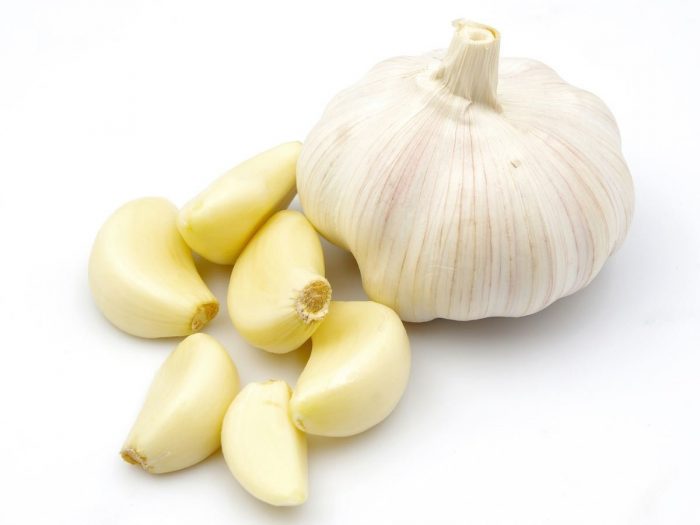Garlic Compound Fights Food-Borne Bacteria
This is Scientific American 60-Second Science. I’m Sophie Bushwick. Got a minute?
It’s more bad news for vampires, but good news for the fight against food-borne illness: a compound in garlic is extremely effective at fighting Campylobacter, bacteria that frequently cause intestinal infections. The work is in the Journal of Antimicrobial Chemotherapy.
Campylobacter causes problems in part because its cells produce a slime that holds them together in a biofilm. This biofilm sticks to food and food preparation surfaces, helping contamination spread. And it protects the bacteria from antibiotics.
Researchers tried treating Campylobacter jejuni with two common antibiotics, as well as with diallyl sulfide, the compound derived from garlic.
The antibiotics did some damage. But the garlic compound worked faster and was a hundred times as effective. It quickly infiltrated the biofilm, and killed the bacteria, apparently by inhibiting the functions of enzymes.
Eating garlic won’t slay Campylobacter. But diallyl sulfide could one day be used to clean surfaces used for food preparation, and to stop bacteria from colonizing packaged foods, like salads and deli meats. Which may annoy any vampires getting by on rare roast beef.






